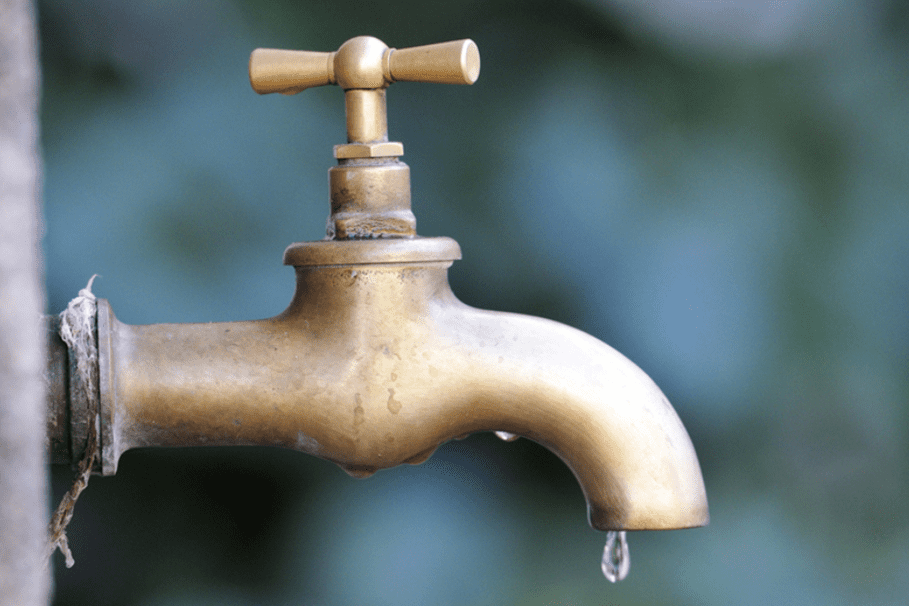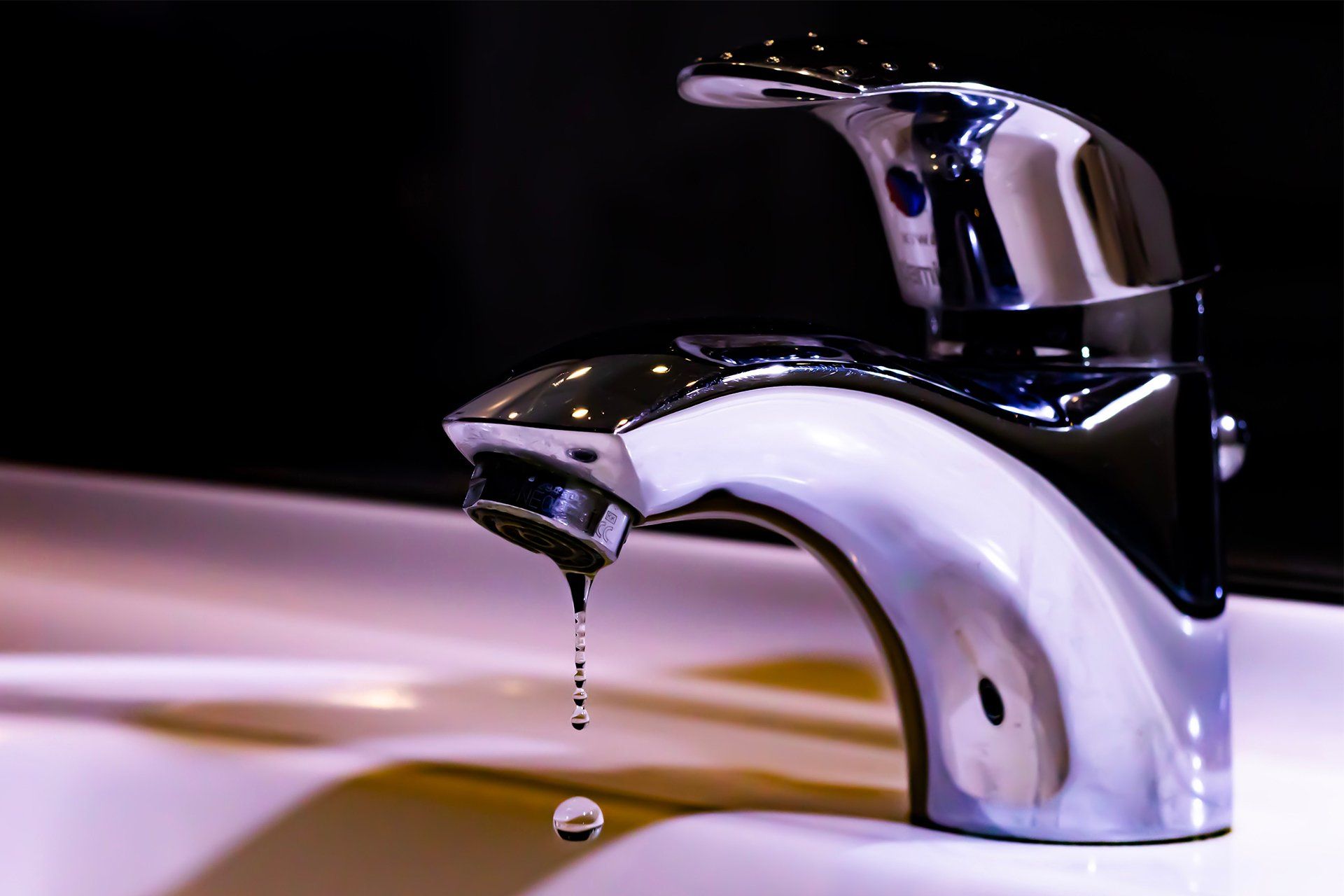Best Guide to Winterizing Pipes: 5 Hacks to Prevent Bursting in Cold Climates
Best Guide to Winterizing Pipes: 5 Hacks to Prevent Bursting in Cold Climates
Blog Article
What're your concepts about How to Prevent Frozen Pipes?

All house owners that live in warm environments have to do their ideal to winterize their pipelines. Failing to do so can spell disaster like frozen, broken, or burst pipelines.
Try a Hair Dryer or Warmth Gun
When your pipes are virtually freezing, your reliable hair clothes dryer or warm gun is a godsend. If the hot towels do not assist displace any settling ice in your pipes, bowling hot air straight into them may aid. Do not utilize various other items that generate direct fires like an impact lantern. This can result in a larger disaster that you can not control. You might wind up damaging your pipelines while attempting to melt the ice. As well as in the long run, you may also end up melting your home. Be careful!
Open Up Cabinet Doors Hiding Plumbing
It would certainly be helpful to open up closet doors that are camouflaging your pipes when it's cool outside. They could be somewhere in your kitchen area or restroom. This will permit the warm air from your heating unit to flow there. As a result, you protect against these exposed pipes from freezing. Doing this small trick can keep your pipelines cozy and also restrict the potentially harmful end results of freezing temperature levels.
Take Time to Wrap Exposed Piping
One cool and easy hack to warm up cold pipes is to wrap them with warm towels. You can cover them initially with towels. After safeguarding them in position, you can pour boiling water on the towels. Do it gradually to let the towels soak up the fluid. You can also use pre-soaked towels in hot water, simply do not neglect to use safety handwear covers to secure your hands from the warm.
Activate the Faucets
When the temperature declines as well as it seems as if the icy temperature will last, it will aid to turn on your water both inside and also outdoors. This will keep the water moving with your plumbing systems. You'll end up wasting gallons of water this way.
Shut down Water When Pipes are Frozen
If you observe that your pipelines are totally icy or practically nearing that stage, turn off the major water valve quickly. You will typically find this in your basement or utility room near the heater or the front wall closest to the street. Transform it off today to prevent further damages.
Don't neglect to shut exterior water resources, also, such as your connection for the yard residence. Doing this will stop added water from filling out your plumbing system. Unfortunately, with even more water, more ice will accumulate, which will ultimately bring about rupture pipelines. If you are not sure about the state of your pipelines this wintertime, it is best to call a professional plumber for an inspection. Taking this aggressive method can conserve you thousands of dollars in repairs.
All homeowners who live in pleasant climates have to do their best to winterize their pipes. Failing to do so can lead to disaster like frozen, split, or ruptured pipes. If the hot towels do not aid remove any resolving ice in your pipes, bowling hot air straight right into them may help. Turn off the major water valve quickly if you observe that your pipes are entirely icy or almost nearing that stage. With even more water, even more ice will certainly stack up, which will ultimately lead to rupture pipes.
PREVENT YOUR PIPES FROM FREEZING THIS WINTER
A Leading Cause of Property Damage
When the weather is taking a deep nose dive into the cold dreary days, the risk of your pipes freezing and potentially bursting skyrockets. Unfortunately, during these cold dreary months, burst pipes are the most common denominator for property damage. The pipes that are most at the risk are those that are in areas where it is most cold in your home. For instance, pipes located in interior places such as basements, attics, and your garage. Unfortunately, that doesn’t mean that the pipes running through your cabinets or exterior walls can’t freeze. Good news, however, is that you can do things to help prevent pipes from freezing.
How to Prevent Pipes From Freezing
Once the temperature starts to drop during the winter, you should be taking the proper measures needed to ensure that your pipes stay warm and that there is circulation of water through them. Some steps that experts may recommend could go against your better judgement when it comes to saving water and heat. However, it would go without saying that when expenses are compared, damaged pipes could put a bigger dent in your wallet than a water bill.
What Can I Do?
Keep your garage door closed. This is very important, especially if you have water supply lines running through your garage. Open your kitchen and bathroom cabinets to allow warm air to circulate through them. Allow air circulation throughout your home. Keeping the interior doors open will once again allow the warm air to circulate inside your home. Ensure your thermostat is running the same temperature throughout the night and day. If you plan to be away from home during the cold months, set your temperature no lower than 55° F. This should provide enough heat to keep the pipes warm and prevent any remaining water inside the pipes from freezing. For more of a long-term solution, add insulation to attics, basement, and other crawl spaces around your home. By allowing your faucet to drip, it will alleviate pressure in the system. This is important because the pressure that is created between the blockage and the faucet can potentially cause the pipes to burst. Allowing the faucet to drip will prevent the pressure from building up, therefore keeping the pipes from bursting. Seal any cracks, openings, and crawl spaces around your home to prevent cold air from coming inside. This keeps your pipes-not to mention your home-warmer and less susceptible to issues caused by freezing temperatures. For the pipes in your home that are easily accessible, applying electrical tape to them might prevent them from freezing over. This is a quick fix, as you can apply the tape directly to the pipe. There are two options for heating tapes. One turns on and off by itself when it senses heat is needed. The other type of heating tape needs to be applied when heat is needed and removed when not necessary. If you have exposed pipes in your home, you can check this website to take a look at a few options that would be available at a shop near you.

I hope you enjoyed our article about How to stop pipes from freezing during the winter. Thank you so much for taking a few minutes to browse our blog. Sharing is caring. Who knows, you may be doing someone a favor. I truly appreciate reading our article about Prevent Freezing and Bursting Pipes.
Call Today Report this page